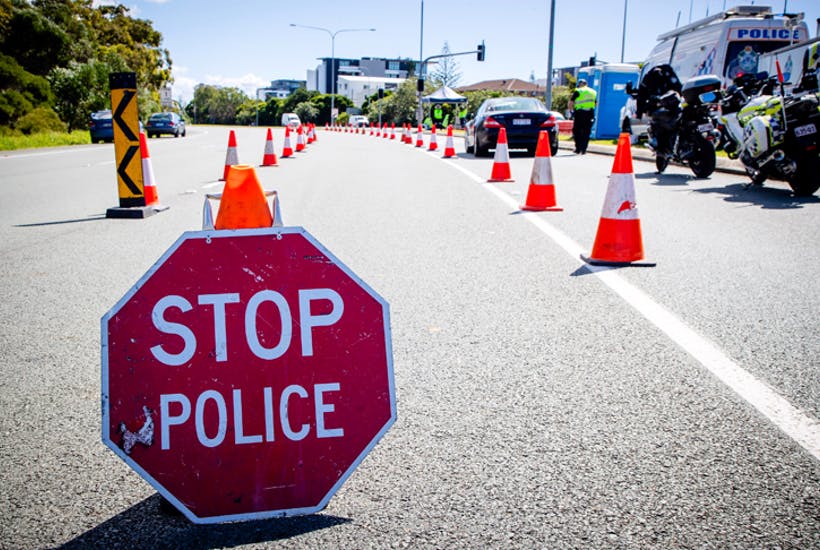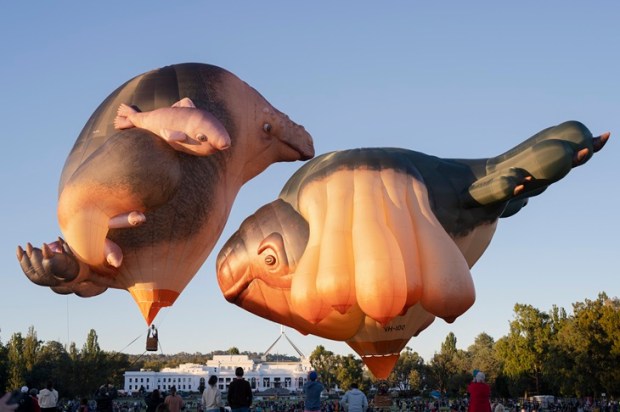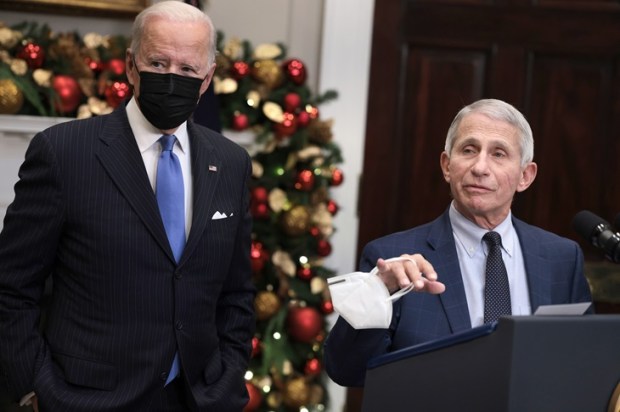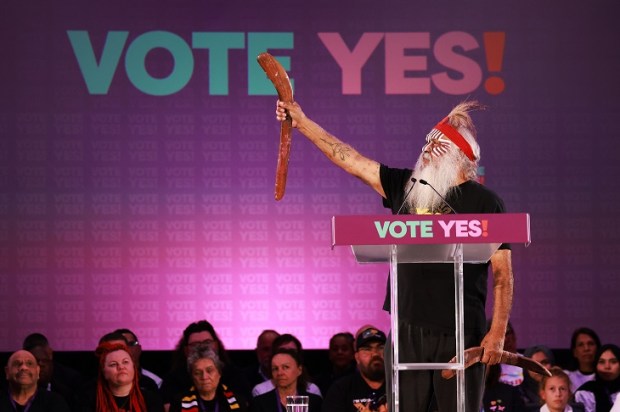November 3 is shaping up as a big day in the 2020 calendar: the US elections; the Melbourne Cup; and a much-anticipated Reserve Bank of Australia board meeting. It also happens to be the day the Full Bench of the High Court of Australia will sit to hear Clive Palmer’s challenge to Western Australia’s border closure.
State and territory border entry restrictions have been one of the surprises thrown up by the Covid pandemic. While many other countries have imposed restrictions on movement at various times, few have resorted to the kind of internal border controls that have become a feature of Australia’s response to the pandemic.
Premiers and chief ministers like to pin the ‘health advice’ label on everything they do, but the imposition of border controls has had more to do with state elections, populist politics, parochialism, unrealistic virus elimination objectives and unwillingness by some states to rely upon their own testing, contact tracing and isolation strategies to contain the virus.
While Queensland and Western Australia are often singled out for criticism, South Australia and Tasmania have flown under the radar with restrictions as extreme or almost as extreme as any other state. Let’s not forget it was Tasmania that set the ball rolling way back in March. Even the NSW Premier — often a vocal critic of other states on this issue — herself opted for closure of the border with Victoria.
Border restrictions are an extremely blunt instrument, and whatever public health benefit they deliver comes at a huge economic and social cost to jobs, tourism, business links, events, and family connections. A recent report for the Business Council of Australia put the economic cost at $2 – 2.5 billion a month, or $17 billion for the duration of the restrictions to date. (This is on top of the very substantial cost of restrictions on international travel.)
The restoration of domestic air travel in Australia is lagging well behind that in many other countries. There has been some easing of internal border restrictions in recent weeks, but there is lingering uncertainty about how long such easing will last (remembering the reimposition of controls by Qld in July soon after they had been removed). People cannot plan with that uncertainty.
Moreover, even where borders have been opened, there are still costs of compliance with screening systems. States that claim to be ‘open’ are running what amount to visa systems. My recent flight to Adelaide — although involving ‘unrestricted’ entry to South Australia — required pre-registration, and an interview on arrival at one of 50 desks set up at the airport for the purpose. (By comparison, the return to Sydney was a breeze.)
Internal travel will be nothing like normal until movement becomes truly free and unrestricted; all states open up to Victoria (something that should have happened already), and all premiers and chief ministers vow that they will not revert to internal border entry restrictions under any circumstances.
Whatever happens, Western Australia is determined to lag behind — but we will find out some time after November 3 whether the High Court will throw a spanner into Mr McGowan’s works.
Robert Carling is a Senior Fellow at the Centre for Independent Studies.
Got something to add? Join the discussion and comment below.
Get 10 issues for just $10
Subscribe to The Spectator Australia today for the next 10 magazine issues, plus full online access, for just $10.


























Comments
Don't miss out
Join the conversation with other Spectator Australia readers. Subscribe to leave a comment.
SUBSCRIBEAlready a subscriber? Log in